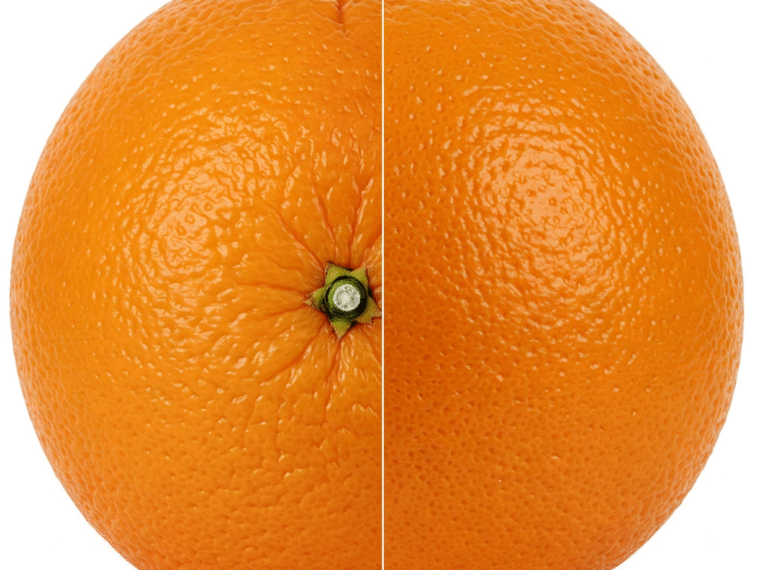When you’re shopping for oranges, you probably select the brightest or smoothest one without giving much thought to that small bellybutton-like spot on the bottom—called the navel. But did you know that the size of the navel can actually tell you a lot about the taste and juiciness of the orange?
Let’s explore what this navel is, why its size matters, and how to choose the best-tasting oranges every time.
What Is the “Navel” on an Orange?
The navel is the small opening on the blossom end of the orange, which resembles a human belly button. It’s a characteristic of navel oranges, a popular orange variety known for being seedless and easy to peel.
But not all navels are created equal.
- A big navel (visible opening or protrusion) often indicates a specific internal structure.
- A small navel (tight, barely visible spot) suggests different development and typically better flavor.
The Difference Between Big Navel and Small Navel Oranges
1. Big Navel Oranges
- May look more appealing due to their size.
- Often contain a twin fruit inside (a secondary fruit growing within the orange).
- According to fruit experts, these oranges tend to be drier and less juicy.
- The twin structure can interfere with juice development, making the orange more fibrous and sour.
2. Small Navel Oranges
- Generally have a single, well-developed fruit.
- The tight navel usually indicates that the orange is fully matured and richer in juice and sweetness.
- Preferred by many fruit vendors and chefs for fresh juicing and eating raw.
Why Does the Navel Size Affect Taste?
The answer lies in the botany of citrus fruit development:
- A large navel can signal that the orange underwent a double fertilization, leading to an underdeveloped “twin” orange inside.
- This twin takes up space and resources, leaving less room for juice sacs.
- In contrast, a small navel often means the fruit’s internal structure was more efficiently organized for juice production.
👃 Tips to Choose the Best Oranges at the Store
- Check the Navel:
- Choose oranges with a small, tight navel.
- Avoid those with large, protruding or open navels.
- Feel the Weight:
- A heavier orange is usually juicier.
- Light oranges may be dry inside.
- Skin Texture:
- Smooth, firm skin is better than very bumpy or wrinkled surfaces.
- Smell the Orange:
- A sweet, citrusy smell near the navel is a sign of ripeness.
✅ Bonus: Why Navel Oranges Are So Popular
- Seedless: Easy to enjoy without mess.
- Peels easily: Great for kids and quick snacking.
- Long shelf life: Stays fresh longer than many other varieties.
Final Thought
Next time you’re buying oranges, take a moment to look at the navel. That small detail can tell you everything about how sweet, juicy, or dry the fruit inside will be. Stick to oranges with small navels to get the sweetest, most refreshing citrus experience possible!





